Zucchini is a vegetable that deserves your attention
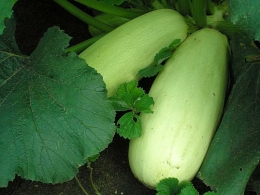
Zucchini is a valuable dietary, low-calorie vegetable. Zucchini is an excellent dietary product due to its large amount of minerals, vitamins and fiber. It is curious that this crop is considered a vegetable according to agrotechnical and gastronomic classification, but from a botanical point of view, zucchini is a berry.
Without going into scientific wisdom, we can confidently say that now not a single Russian dacha garden can do without this Mexican “alien”. For one family, it is enough to have only 2-3 bushes on your plot. Zucchini fried, baked, stuffed, pickled, canned, prepared delicious caviar. They are used in cosmetology and in weight loss diets. They truly deserve our full attention.
Content:
Planting zucchini: seeds and seedlings
Zucchini came to Europe in the 16th century from Mexico, taking with it from its historical homeland its demands for sun, moisture and soil fertility. For all its unpretentiousness, delicate seedlings cannot tolerate even a short-term minus. Therefore, in central Russia, seeds are sown in open ground when the likelihood of sprouts falling under late spring frosts has passed, approximately in the last days of May.
In order to obtain a later harvest, the sowing period can be extended until mid-June.Seeds soaked and disinfected in potassium permanganate are kept in a damp cloth for 2-3 days until hatching at a temperature of at least 25 degrees. To speed up the harvest, zucchini can be grown as seedlings.
To do this, seeds are sown in a greenhouse or at home in pots with a diameter of at least 12 centimeters from mid-April to early May. After 3-4 weeks in warm, windless, preferably cloudy weather, seedlings planted. Before planting, both the holes and the plants are watered with water heated to 35 degrees.
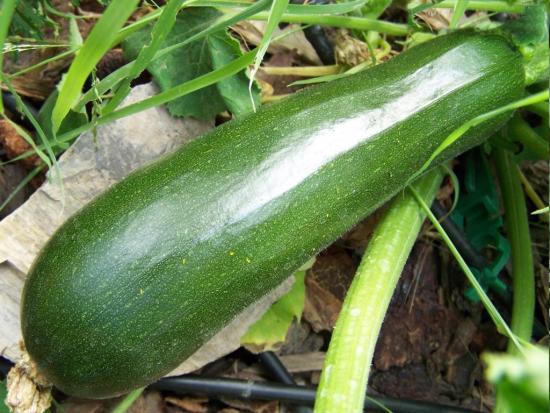
Zucchini, like all pumpkin plants, take up quite a lot of space and constantly produce fruit. Therefore, they are not planted in beds, but separately in holes. In the northern regions, they are grown on ridges, at the base of which a filling of fresh manure is placed to heat the ridge. Place 2-3 seeds per hole, then selecting the strongest plant. Some summer residents leave two sprouts in one “nest”.
Important. The best soil for zucchini is light, fertile loam. The best place in the garden is protected from the winds, near a fence, buildings, in the wings between grape trellises or corn. For each hole you will need to first add up to 5 kg of compost, since zucchini removes nutrients from the soil in very large quantities.
The distance between plants should be at least 0.8-0.9 meters. Experienced vegetable growers have noticed that zucchini does not like close proximity to pumpkin. Cross-pollination may occur and yields will decrease.
Caring for zucchini
Caring for zucchini is almost easy. But the basic rules must be followed. Zucchini love moist soil, so water them with plenty of warm, settled water about once every 8-10 days at the rate of a bucket of water per square meter.
During active fruiting and in dry weather, watering is increased. Water is poured from a watering can without a sprayer at the root of the bush, trying to prevent moisture from getting on the leaves. Water getting on the foliage can cause the development of fungal infections. With abundant, but not too frequent watering, water penetrates deep into the ground, and even when the soil surface dries out, moisture remains accessible to the roots.
The crust that forms on the ground must be loosened carefully. The roots exposed after watering must be constantly mulched with peat and humus. Watering can be combined with fertilizing: for 10 liters of water add 3 liters of nettle liquid - herbal infused for two weeks fertilizers. The substances necessary for the plant are found in “herbal” water in small quantities, but are absorbed instantly.
They feed this way several times during the season. Before flowering, you can feed with this solution: for 10 liters of water, take half a liter of mullein or chicken droppings and one tablespoon of nitrophoska.
Water at the rate of 1 liter per plant. During flowering, the composition of the “soup” for zucchini is slightly different: stir a glass of wood ash and a tablespoon of complex fertilizer in 10 liters of water. Experienced summer residents can already determine by the appearance of the fruit which nutrients the plant lacks:
- streaks on the peel - lack of boron
- fruit rotting - perhaps iodine deficiency
- narrowing of the “cylinder” in the middle – lack of calcium
Observation will help you adjust the menu for a “starving” pet.
We fight for the harvest
It’s really worth fighting for a rich harvest: in addition to good taste, the fruits also have a medicinal effect. They are included in the diet:
- for cardiovascular diseases
- for kidney diseases
- liver
- blood
- obesity
- gout
Video about how to grow zucchini in the country:
Zucchini is a very early ripening crop; fruiting begins approximately 2 months after sowing the seeds and continues in June-August. The first harvest appears 20 days after the start of flowering. It is advisable not to allow young fruits, the so-called “greens,” to grow more than 20-25 centimeters in length, since the presence of larger and overripe fruits on the bush inhibits the appearance of new ones.
Young and small zucchini aged 8-12 days are the most delicious and healthy. They have tender flesh and thin skin. Mature but not overripe zucchini can be stored in a cool place for 4-5 months. The fruit is considered ripe if the peel is hard and a dull sound is heard when tapped.
Often the cause of anxiety among summer residents is the appearance of spots on the leaves. Old leaves turn yellow - this is a natural process. But if they become spotted at the beginning or middle of growth, there is cause for concern - this may be due to:
- thickening of a bush or lash
- malnutrition
- fungal disease - powdery mildew
The leaves become covered with a white coating, then turn yellow and dry out. If urgent measures are not taken, the disease quickly spreads and affects the entire vine, spreading to neighboring plants. Bushes need to be inspected regularly and diseased and old leaves should be destroyed.

They also cut off excess leaves that provide shade and hide the flowers from pollinating insects. In wet and cool weather, insects are inactive. The zucchini lover himself has to work as a pollinator: the ripe anther of a male flower (stamens) is touched several times to the styles (pistils) of 2-3 female flowers.
It is important to know.Male flowers differ from female flowers in that they have a long, thin “leg.” For both a novice gardener and an experienced gardener, zucchini is simply a gift: it grows quickly, bears fruit abundantly, is stored for a long time, and allows you to make many tasty and healthy dishes and preparations. for the winter.

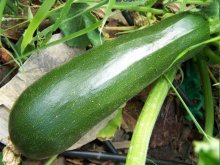
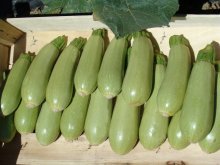
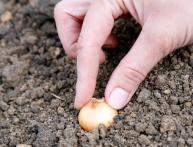
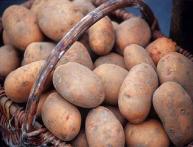
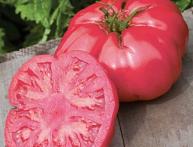
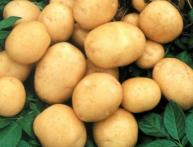
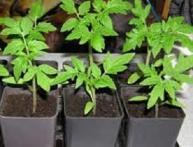
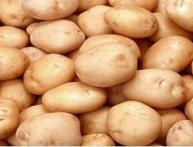

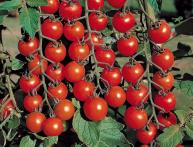
Comments
I plant zucchini every year. He is one of the first to please me with his fruits. The last three springs I switched to a non-climbing variety, it doesn’t take up much space and bears more fruit. The fruits are oblong and smooth. I collect seeds in the fall from well-ripened, or I would say aged, zucchini.
I plant zucchini every year. He is one of the first to please me with his fruits. The last three springs I switched to a non-climbing variety, it doesn’t take up much space and bears more fruit. The fruits are oblong and smooth. I collect seeds in the fall from well-ripened, or I would say aged, zucchini.
For the last few years, we have been planting bush zucchini, they all grow in one place and do not spread out like vines into other vegetables. Unfortunately, in the last 2 years, the zucchini in our garden has been severely affected by aphids and spraying the bushes with various folk remedies does not bring any noticeable results. Therefore, our zucchini grows very poorly and there is practically no harvest.
There are always a lot of zucchini in my garden, and I give them to my friends. I love caviar and pancakes made from zucchini. I always try to have zucchini dishes on our menu.
We love zucchini very much, we make preparations for the winter. But this year there was practically no harvest. 5-6 small fruits stuck and that’s it. And it happened that they didn’t pull out the vines until October, because they were still blooming.
We have never had problems growing zucchini, we have never planted them as seedlings, just one seed in fertile (fertilized with manure) soil, and only two or three plants provide a harvest for the family.